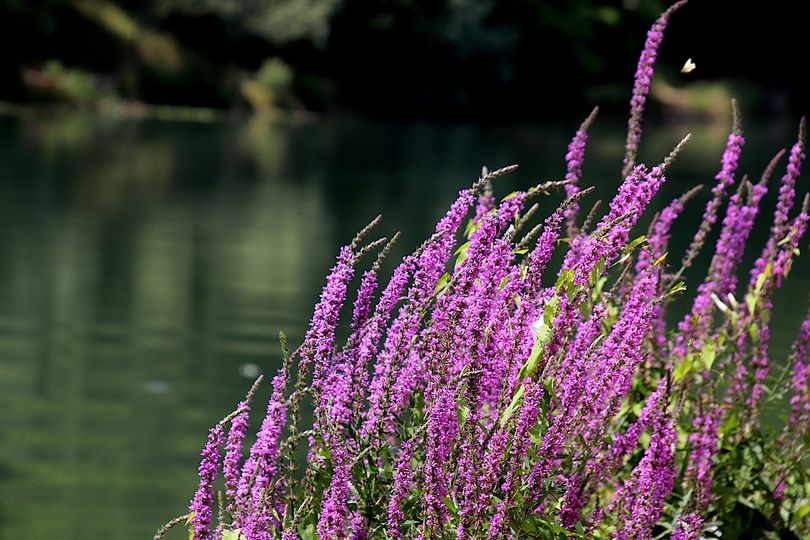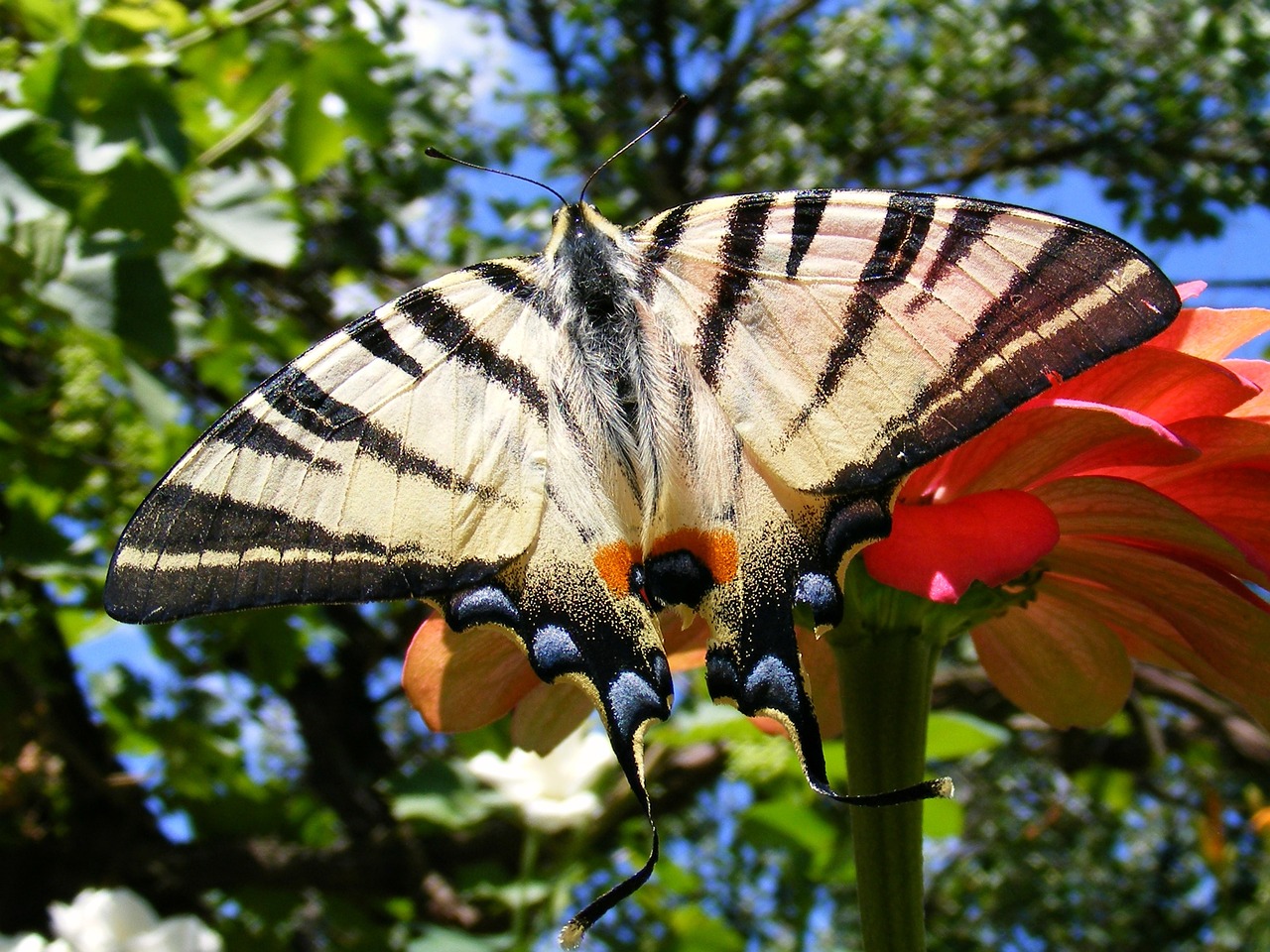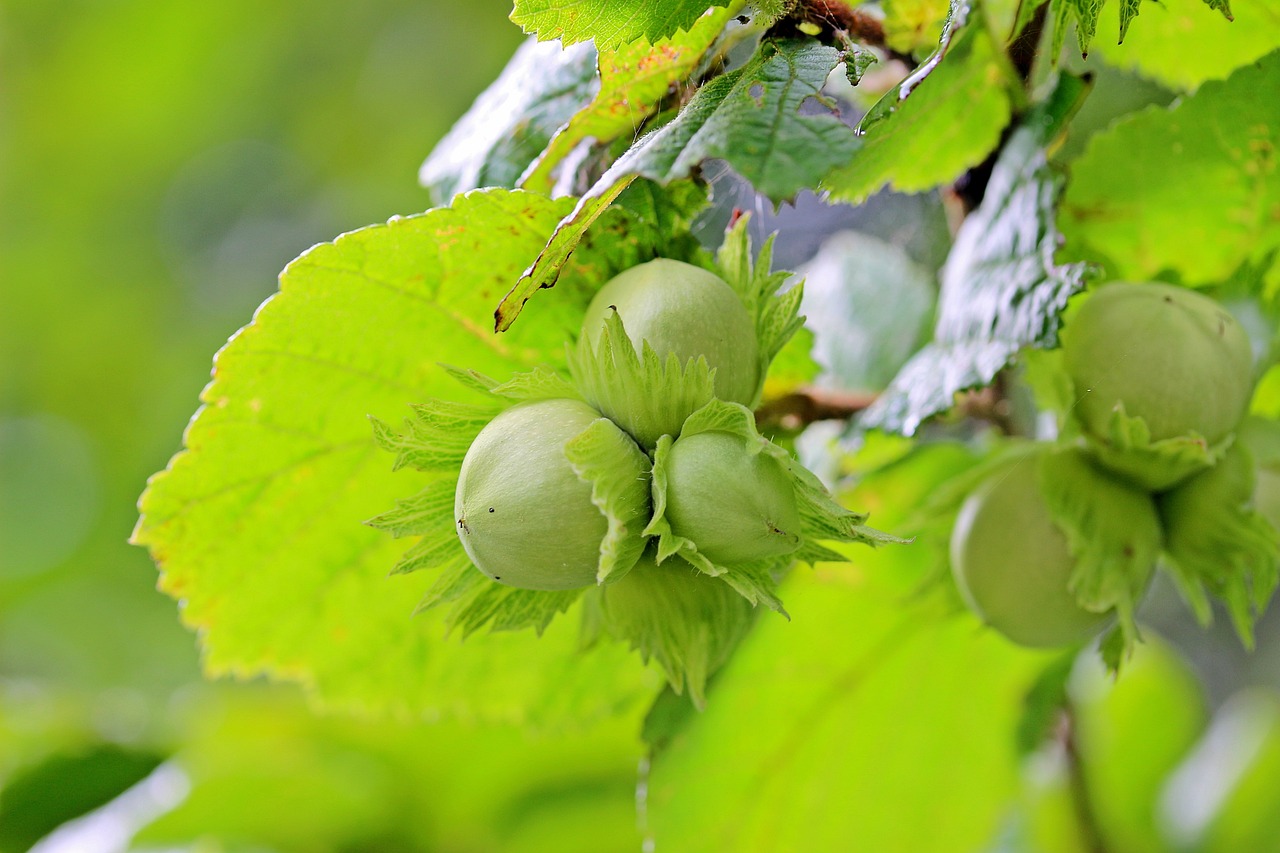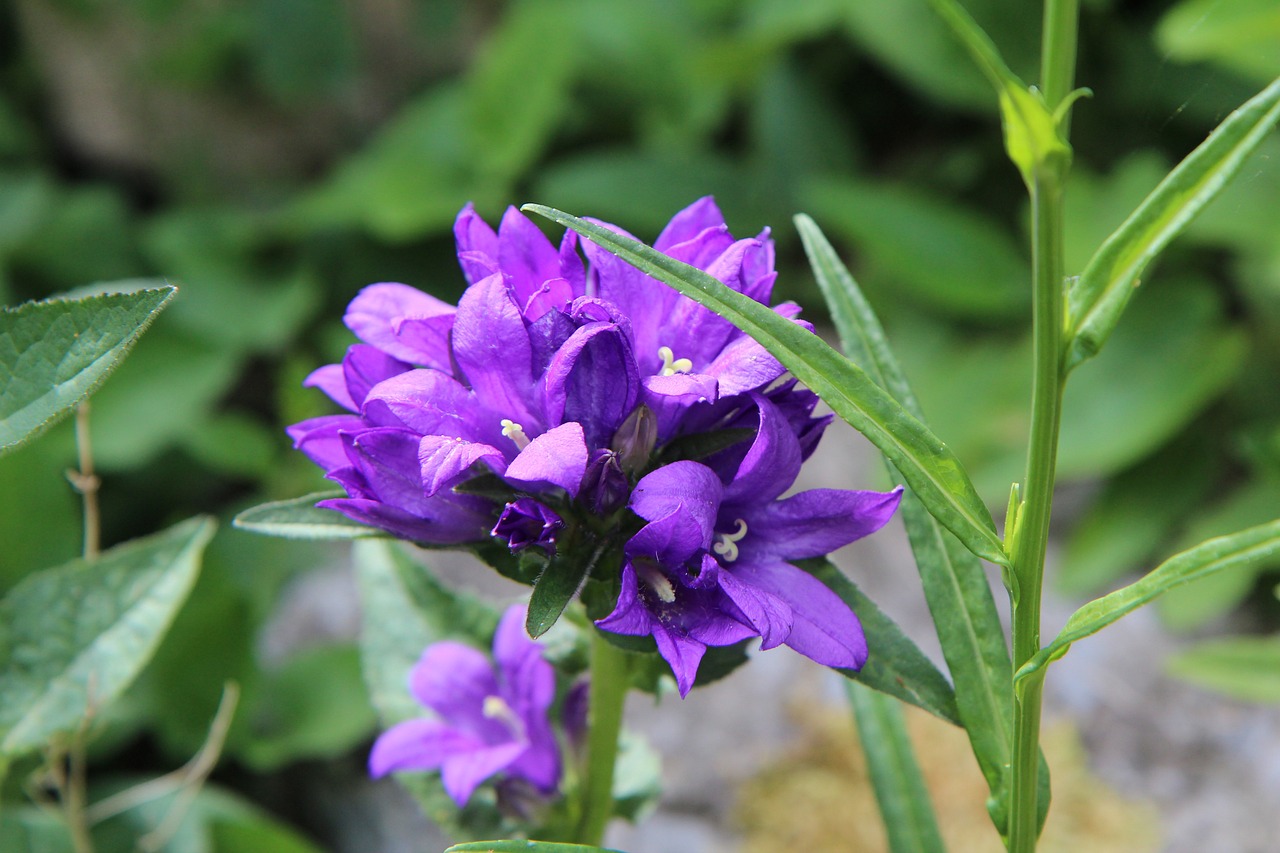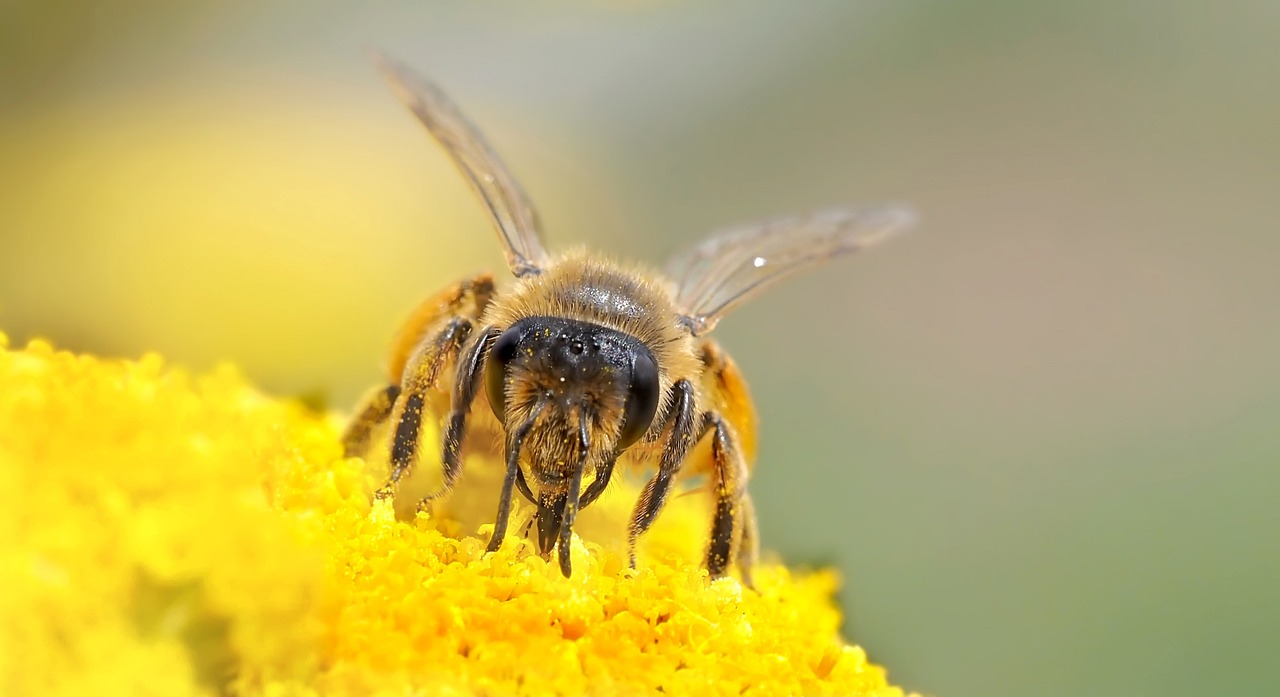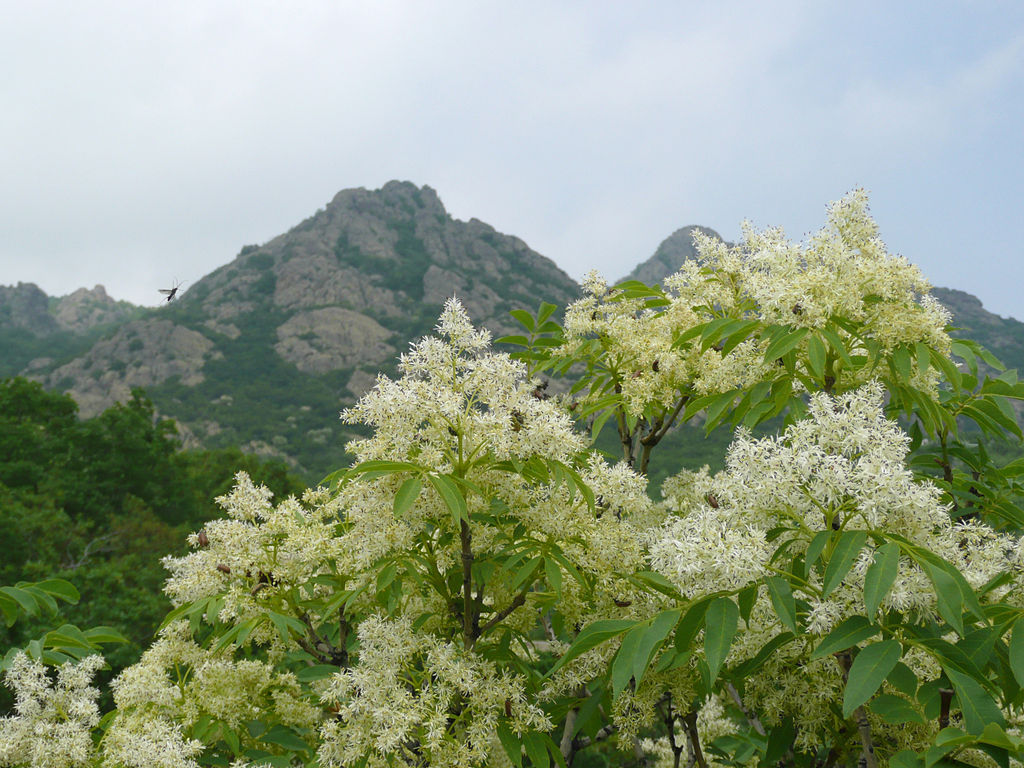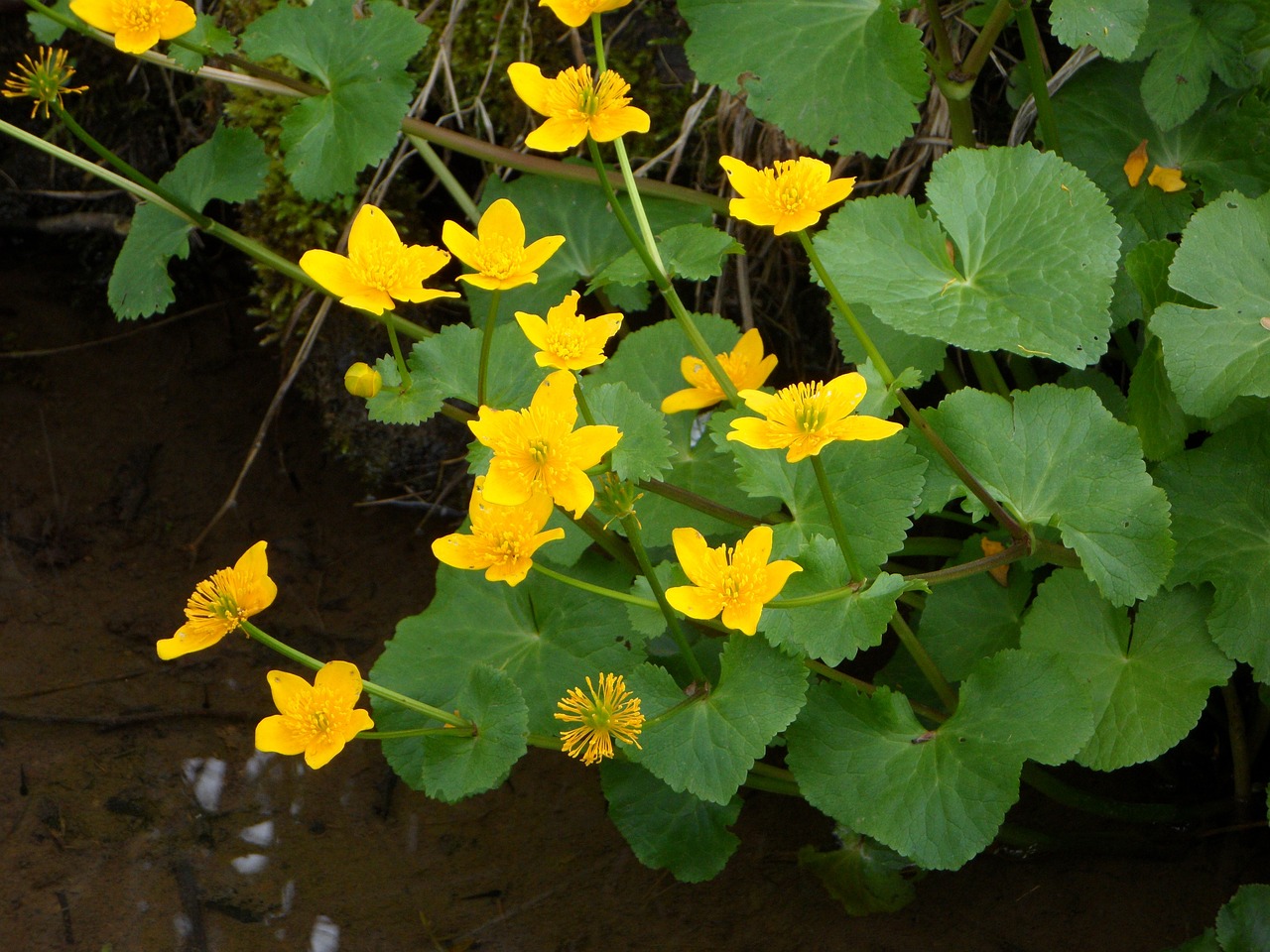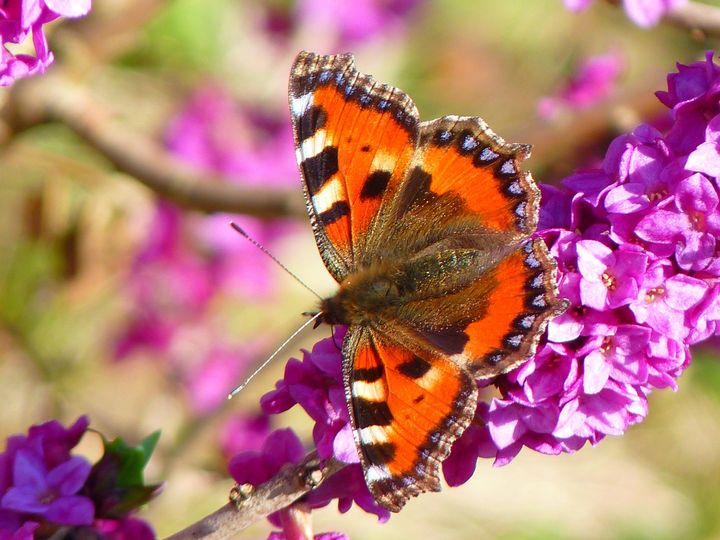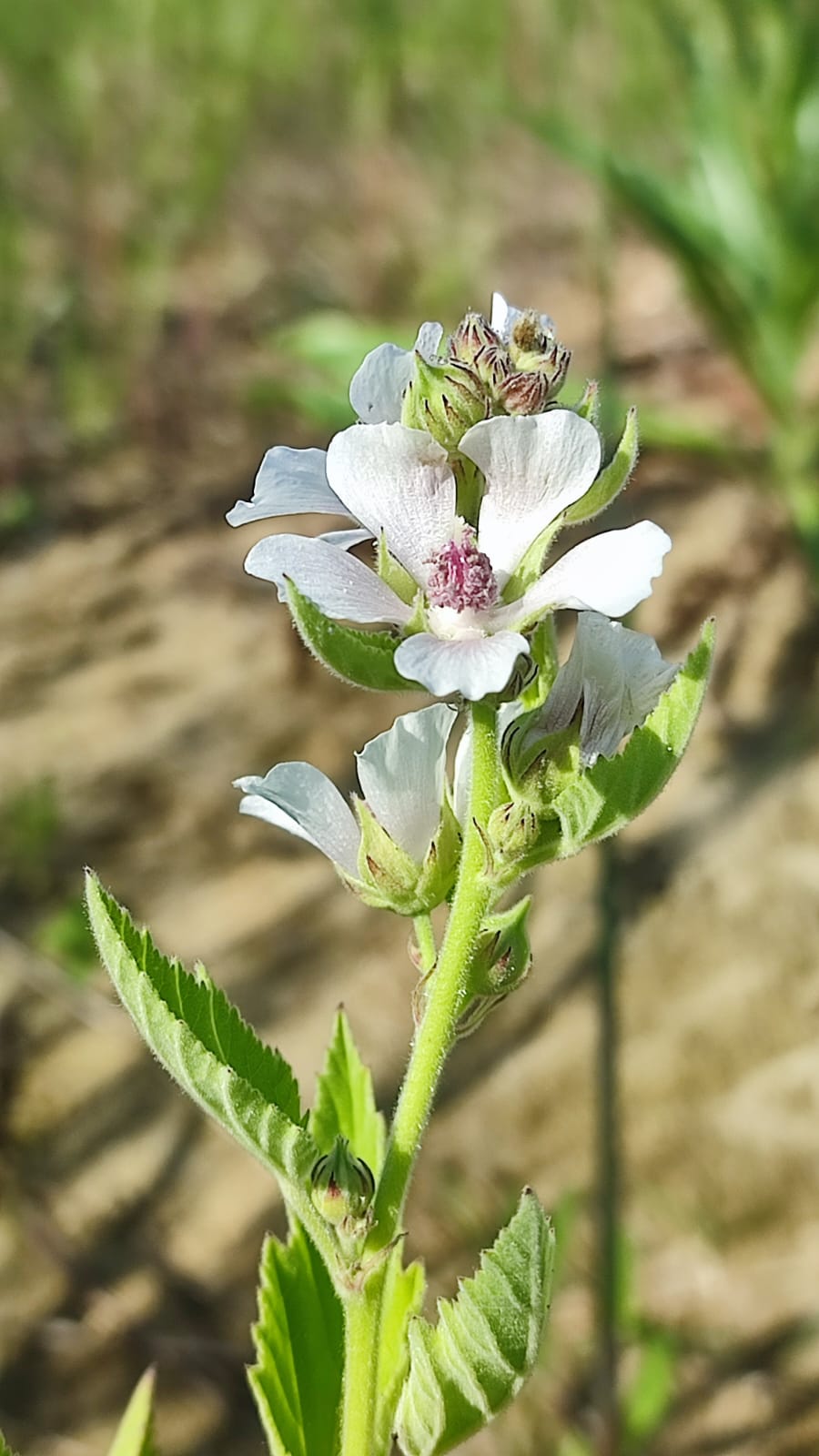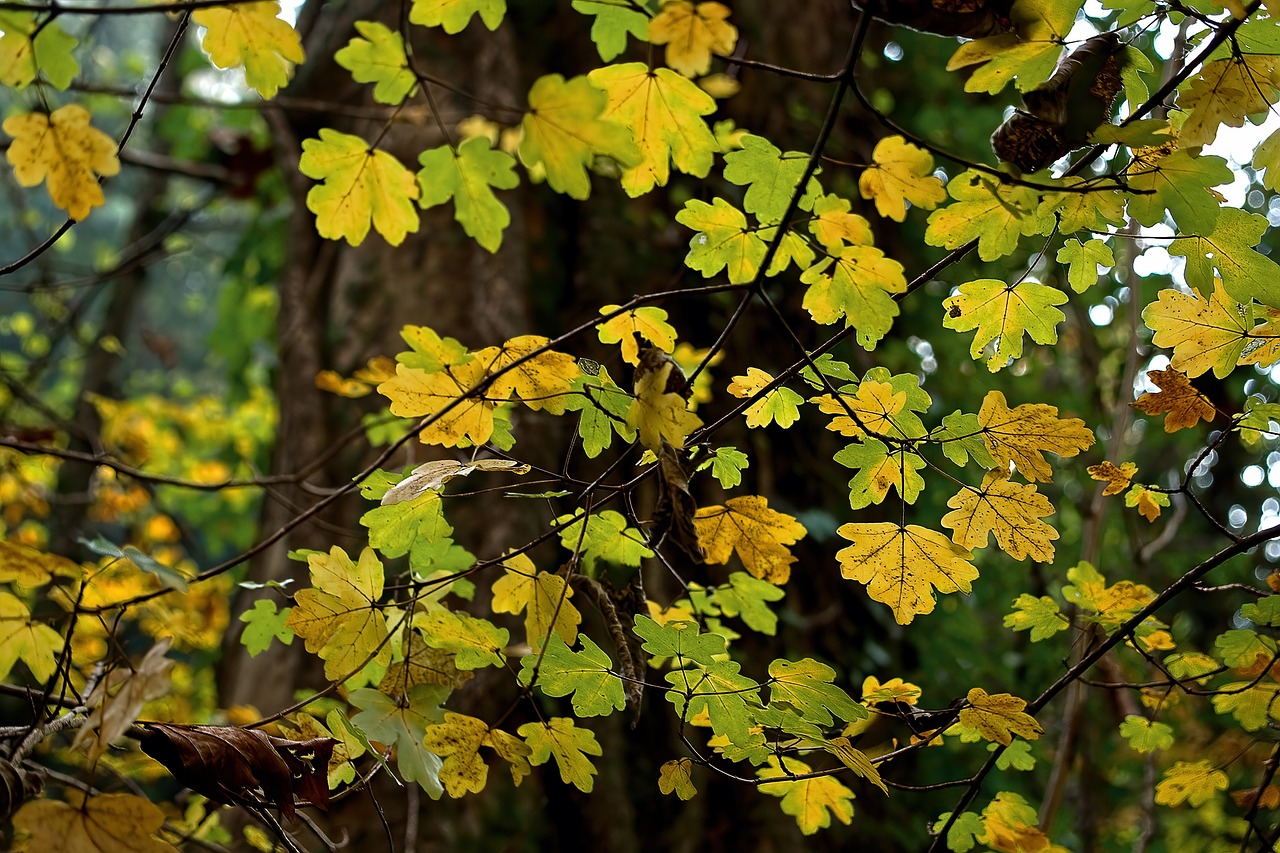Purple loosestrife
lifepollinaction2023-08-28T10:31:14+02:00Purple loosestrife Three different flowers The purple loosestrife (Lythrum salicaria) is an herbaceous plant belonging to the Lythraceae family. During late summer, the banks of ditches light up thanks to its purplish-red flowers. This plant easily grows in damp areas where willows are particularly common: its leaves resemble those of willows, hence the species name "salicaria." The purple loosestrife can produce 3 different types of flowers that differ in the length of styles and stamens, but each plant carries only one type of flower. This feature was studied by Darwin. A bee that feeds on nectar from one type of [...]


